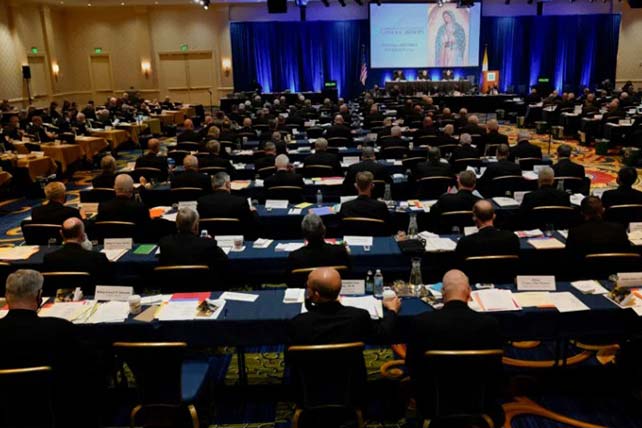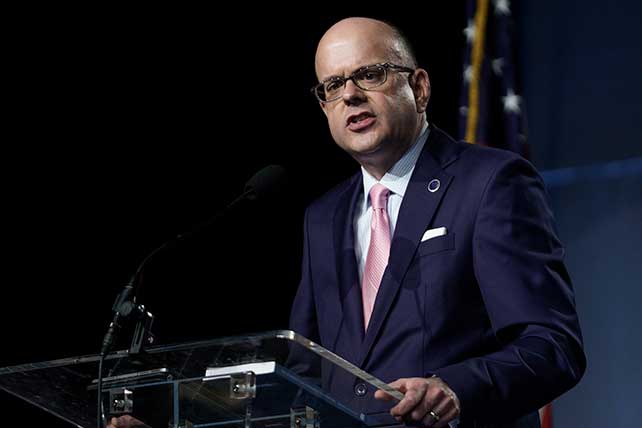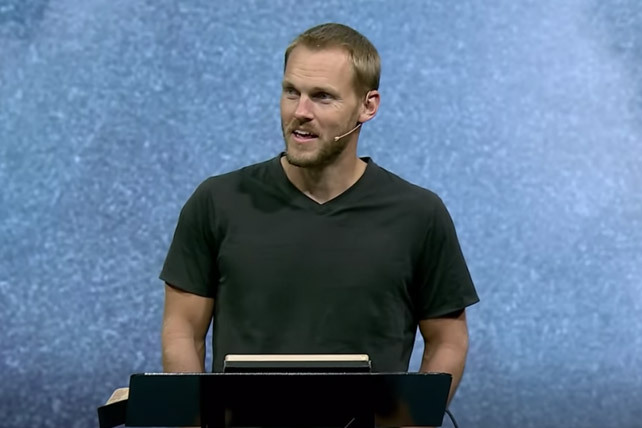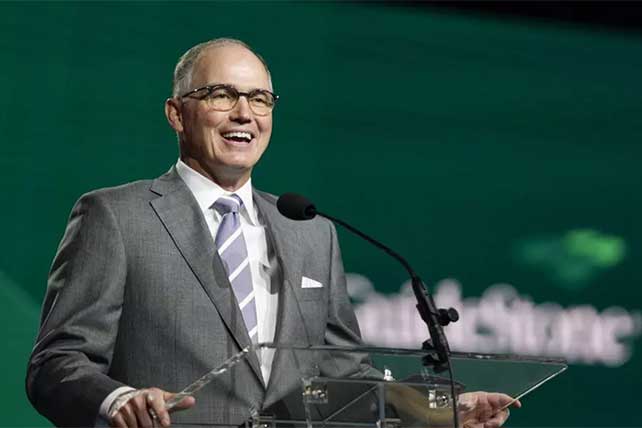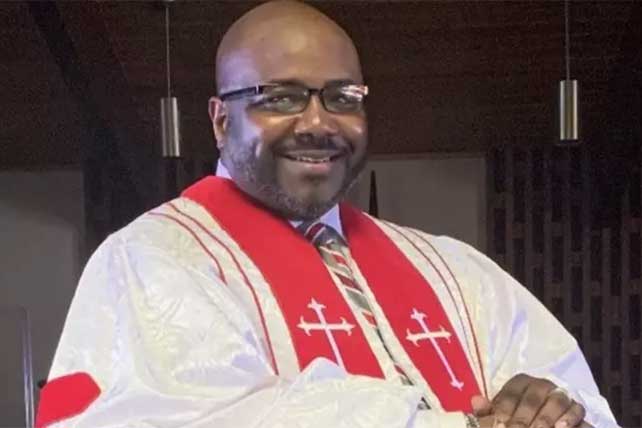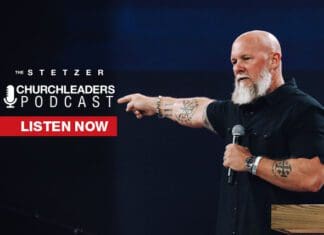The primary difference between doing a short-run and a long-run is endurance. COVID is teaching us that no matter how much we want a difficult circumstance to end sooner, it’s going to finish its course. The good news is that COVID will end, but we must still endure the reality that it’s not over yet. Endurance is required. Don’t quit. Endurance is a quality consistently found among great leaders. It is a sister to resilience, as the ability to “bounce back from a setback.” Endurance means the long run of leadership. It’s the ability to just keep going regardless of the obstacles and pressure.
A great picture of endurance is going for a run.
You don’t need much endurance to run a ½ mile, and you need very little preparation. You can wear nearly any kind of clothing, probably even wear the shoes you have on, and walk out your front door to do a ½ mile run.
To run 10 miles, however, is quite a different story. You need to practice 1-2 miles, then 4 miles, then 7 miles, etc. You need the right shoes, a little water with you, a predetermined route, and the physical capacity of enduring 10 miles on foot.
Leadership is the same way. If you are going for the long-run, endurance is required, and that involves preparation.
As a leader, endurance combines the conviction of your values, commitment to do the work, and making the right choices along the way.
I’m in my 39th year of the long run of leadership; I can share 4 insights that will help you go the distance.
4 Insights to Make the Long Run of Leadership
1. Set your values and pre-decide.
If you don’t know your values as a leader, it’s a little like running a race without knowing the course. If you literally don’t know where to run, you can’t possibly win.
We often talk about the importance of the destination, but how you take the journey can not only alter how you experience the destination but even if you get there or not.
For example, if among your (short) list of values are generosity, personal health, and honesty, you can immediately see how that would shape how you lead. If you don’t know your values, you can’t make good decisions.
When you possess the conviction of your values, and that takes time, you can then begin to pre-decide what you will and won’t do so you are not tempted by pressure or emotion to make an unwise decision.
Leaders who are not guided by values at a convictional level are nearly guaranteed to derail over time.
2. Understand the art of making good and wise trades.
A major contributor of a meaningful life and successful leadership is the art of making good and wise trades.
For example, you make trades every day about where you place your energy, hours, and resources. They either focus at home or work, and both are required.
Very few leaders can stay home all the time, and we know it’s not healthy to work all the time. You are trading asks, pressures, desires, and outcomes every day.
You need to get really good at it.
Essentially you are trading time and resources back and forth, attempting to achieve your dreams according to the guidelines of your values.
Making trades is a never-ending and imperfect art, but some leaders get really good at it while others struggle all their lives. The starting point is knowing your desired destination and the values that will guide your path.
Don’t allow yourself to get too shaken when you make a mistake, and you experience a setback. Make better trades tomorrow.
That leads us to the need to calm your soul and find peace of mind.
3. Practice learning how to calm your soul.
Leadership can be difficult under normal circumstances, and when you add any of several current cultural tensions and top it all off with COVID, leadership can become overwhelming.
Leaders who stay the course for all that God has in mind have learned how to calm their souls and experience joy even under setbacks, curveballs, and great pressure.
Three things have helped me and countless other leaders:
Slow down
When you’re running at a good pace for a long period of time, your heart is not at rest. It’s the same with your spiritual soul.
Far too many leaders live with low-grade anxiety nearly all the time. It’s not a clinical problem, and they function well, but it robs them of deep inner joy and peace.
Take daily and weekly time to slow down. Be still and quiet. Breath deep – clear your mind. Reflect on the great blessings of your life.
Invest in deep relationships
I’ve never met a leader who did not understand what it means to invest in deep relationships, yet many do not.
We could discuss the many reasons and causes, but let’s focus on the importance.
We are created for relationship, not isolation. We are designed for interdependence, not independence. Beautiful and deep relationships are at the core of a meaningful life.
Battle fear and worry
Fear is a useful and God-given emotion, but when it takes over, you are robbed of God’s peace. The best antidote to fear is action.
Worry is a complete waste of time; focus on what you can do, what you can influence, and leave the rest to God.
The end result is greater joy.
4. Do the work.
You will not achieve anything of meaning or value without significant effort over a very long time.
At some point, the long run of leadership involves work, lots of hard work. There is no escape, but when you are pursuing a dream, guided by your values and experiencing joy, you can go the distance.
You might not land the full fruition of your dreams, but your life will still be well lived with great meaning.
I have learned that everyone defines working hard differently; that is perhaps part of the “making trades” I referred to earlier.
So, let’s not judge each other.
What is clear, however, is that hard work will stretch you, drain you, make you think, and at times will push your limits.
Leadership is hard work; if you signed up for anything less, you are in the wrong seat. When you wrestle that truth down, you are positioned for greater results and greater joy.
And you will likely run the distance.
This article on the long run of leadership originally appeared here, and is used by permission.

![Eagles' Jalen Hurts, 'You Have To Put [God] at the Center of Everything That You Do' Jalen Hurts](https://cdn.churchleaders.com/wp-content/uploads/2022/09/jalen_hurts-642x420-1.jpg)





